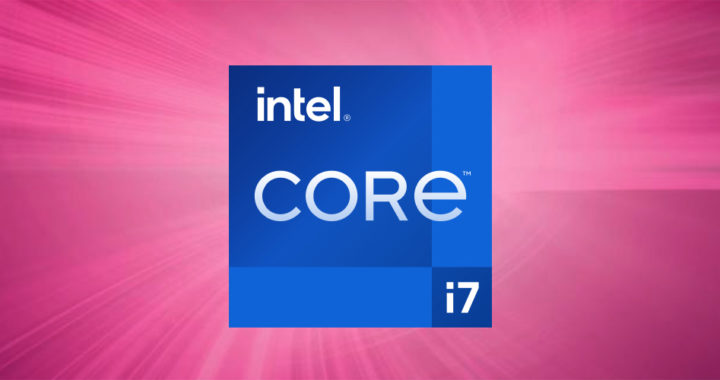First introduced in late 2008 by Intel Corporation, the Intel Core i7 has been positioned as a computer processor for high-end and business segments of the entire computer market. The chip has been featured in several top-tier products to include the high-end models of Mac computers from Apple and gaming laptops from Razer and Asus, among others.
Advantages and Applications of Intel Core i7
1. High-End and Next-Generation Computing
The primary advantage of the Core i7 is a robust hardware specification. Depending on the variants, technical specifications range from 4 to 8 processing cores, 8MB to 12MB of cache, and 4 to 16 threads configurations.
It also has a faster Turbo Boost and better onboard graphics than the Intel Core i5. Furthermore, it has support for two to eight memory sticks. Note that it was the most powerful processor in the entire Intel Core line until the introduction of Intel Core i9.
2. Engineered for Power Users and Enthusiasts
Intel has positioned this processor for high-level and enthusiast-level consumers or power users. The Core i7 provides faster and better processing power and more stable and responsive performance than Intel Core i5 and Intel Core i3.
Specific applications include intensive gaming characterized by high definition graphics and high frame rates, seamless high-definition video and audio editing, and extensive multitasking using resource-intensive applications such as data analytics.
3. Turbo Boost and Hyper-Threading
Most of the Core line of processors for Intel feature Turbo Boost capabilities that confer them an overclocking feature for operating beyond their base clock speeds. The Core i7 performs this feature more efficiently to achieve higher clock speeds.
The Hyper-Threading feature of most i5 and i7 processors also allows an improvement in the parallelization of computations. It enables each core to do two things simultaneously to improve the multitasking capabilities of a particular computer.
Disadvantages and Limitations of Intel Core i7
1. Generally Inaccessible and Expensive
Price remains a critical disadvantage of the Core i7. Pricing varies depending on the variant, but it is 5 to 8 times more expensive than the Core i3 and around 50 to 80 percent more expensive than the Core i5. Of course, this is not a mainstream processor.
Furthermore, the stiff price also affects the overall prices of equipped computers. A user might be better off purchasing and using a Core i5 processor depending on his or her use-case requirements. Remember that this hardware is for power users.
2. Still Needs a Reliable Graphics Processor
Note that this processor is engineered to run intensive graphics, including high definition video gaming, video editing, graphics design, and animation. Of course, not all variants are designed the same. Low-end variants would not perform as good as high-end ones.
It is also worth mentioning that running intensive graphics still depends on a separate graphics processor or GPU. The Core i7 might not suffice. A Core i5 could deliver high-end gaming experience if used alongside a suitable graphics card.
3. Intensive Power Requirement and Overheating
The powerful the processor, the higher its energy demand. Another disadvantage of the Core i7 when compared to the Core i5 and Core i3 is its intensive power requirement that translates to shorter battery life. It is unsuitable for portable and unplugged computers.
It also has a higher heat generation. The processor requires an effective cooling system to avoid overheating. This translates to an additional cost. In addition, this makes the processor unsuitable for compact and portable computer configurations.





